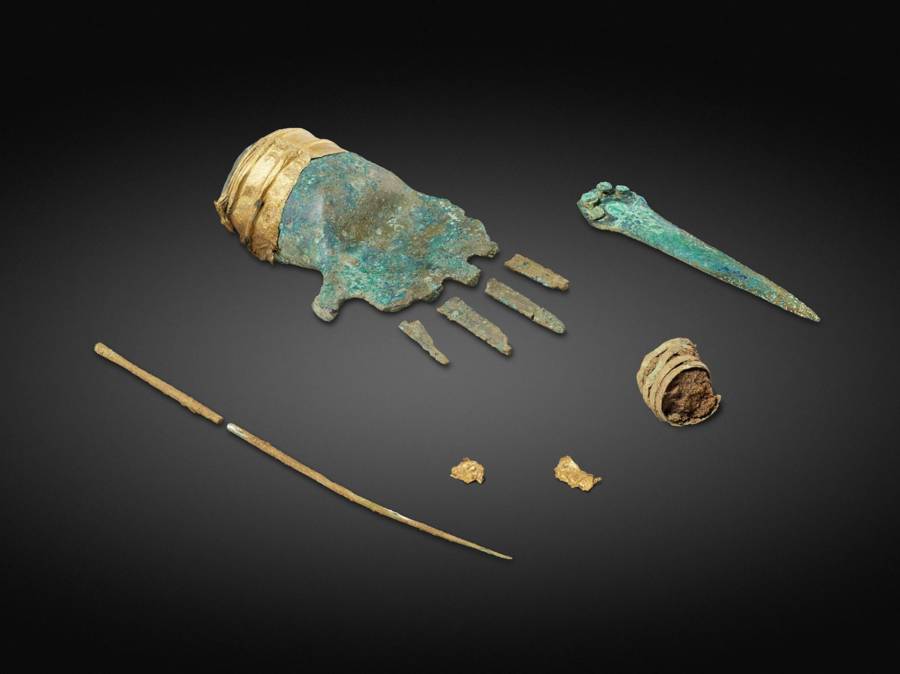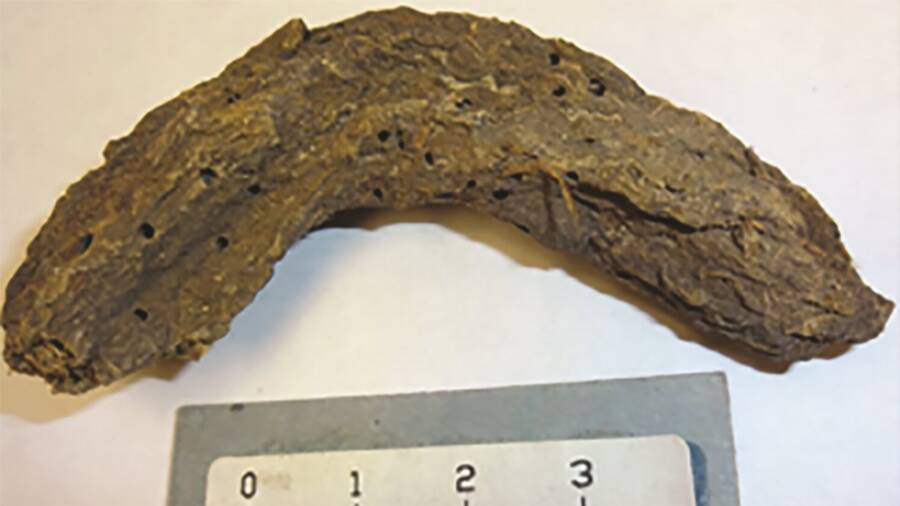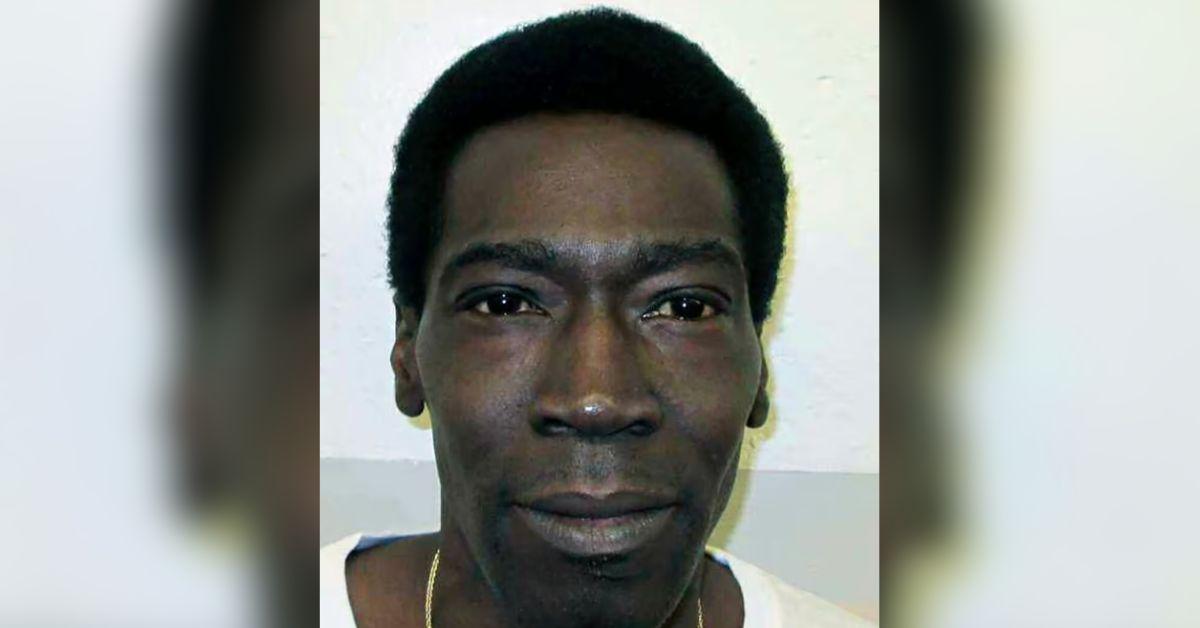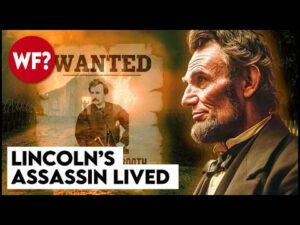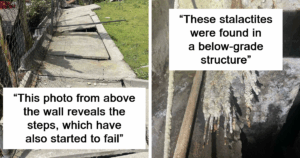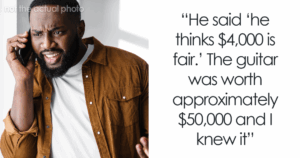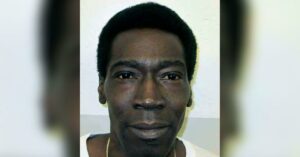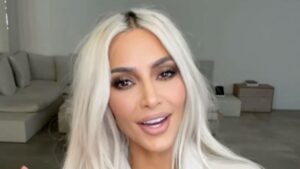“Unearthed: The Mysterious 3,500-Year-Old Bronze Hand That Could Rewrite Ancient Medical History!”
In a world filled with artifacts that tell tales of ancient civilizations, one peculiar find has left archaeologists scratching their heads—and for good reason! Imagine stumbling upon a bronze and gold foil prosthetic hand buried near Lake Biel in Switzerland. This isn’t some Hollywood prop or a quirky art piece; it’s a genuine relic from the Bronze Age, dating back to around 1400 to 1500 B.C. Talk about taking “keeping up with the Joneses” to another level! What could compel someone to fashion such a delicate, intricately designed artifact? Was it a symbol of status, an elaborate burial gift, or something entirely different? As experts dive deeper into this historical mystery, join us on a journey to explore how this remarkable find sheds light on the spiritual life of a society long gone. Are you as curious as I am? Let’s unravel this ancient enigma together! LEARN MORE.
The bronze and gold foil hand has baffled archaeologists in what is one of the country’s most unique finds from the Bronze Age.

Archaeological Service of the Canton of Bern/Philippe JonerThe bronze hand and other items found at the site in Switzerland.
Originally uncovered in 2017 near Lake Biel in Bern, Switzerland by treasure hunters using metal detectors, a bronze-cast prosthetic hand was brought to the Bern Archaeological Service for review along with a bronze dagger and rib bone also uncovered.
The one-pound bronze limb features a gold foil cuff around the wrist and an attachment within that reportedly would have allowed the cast to be mounted. Radiocarbon dating was done on the glue attaching the foil to the wrist, placing the artifact from around 1400 and 1500 B.C., or the middle Bronze Age.

Archaeological Service of the Canton of Bern/Philippe JonerThe one-pound bronze hand with gold foil.
“We had never seen anything like it,” said Andrea Schaer, head of the Ancient History and Roman Archeology Department at the Bern Archaeological Service of the 3,500-year-old hand. “We weren’t sure if it was authentic or not – or even what it was.”
“It may have been this man’s insignia,” Schaer continued, “and when he died it was buried with him.” She posited that the hand could have been a replacement for one he lost while alive, though the prosthetic appeared too delicate to have been for practical use.
Alternatively, the hand could have been on a statue, mounted on a stick like a scepter, or worn as a prosthetic as part of a ritual.
The find encouraged Schaer to lead a team back to the site of its burial for further artifacts. For seven weeks, the team excavated the area which was actually a badly-damaged grave, located on a plateau above Lake Biel near the tiny village of Prêles in Switzerland.
Here they found the bones of a middle-aged man, a long bronze pin, a bronze spiral likely intended to be a hair tie, and fragments of gold foil which matched those on the bronze hand. A broken finger of the bronze hand was also recovered in the grave which suggests that the hand was originally buried with the man.
The discovery is absolutely unique as metal objects in Bronze Age burials are rare. Further, gold is almost never found in Bronze Age burials in Switzerland. The find is believed to certainly be unique in Europe.
“The fact that we know of thousands of Bronze Age graves and have never found anything like this shows it’s pretty special,” Stefan Hochuli, head of the Department of Monument Preservation and Archaeology said. “It gives us a glimpse into the spiritual world of this society – and it’s a lot more complex than we often think.”
Next, check out this Bronze-age discovery of a 3,000-year-old sword that was still sharp when it was discovered. Then, read up on these fascinating facts about Vikings.

